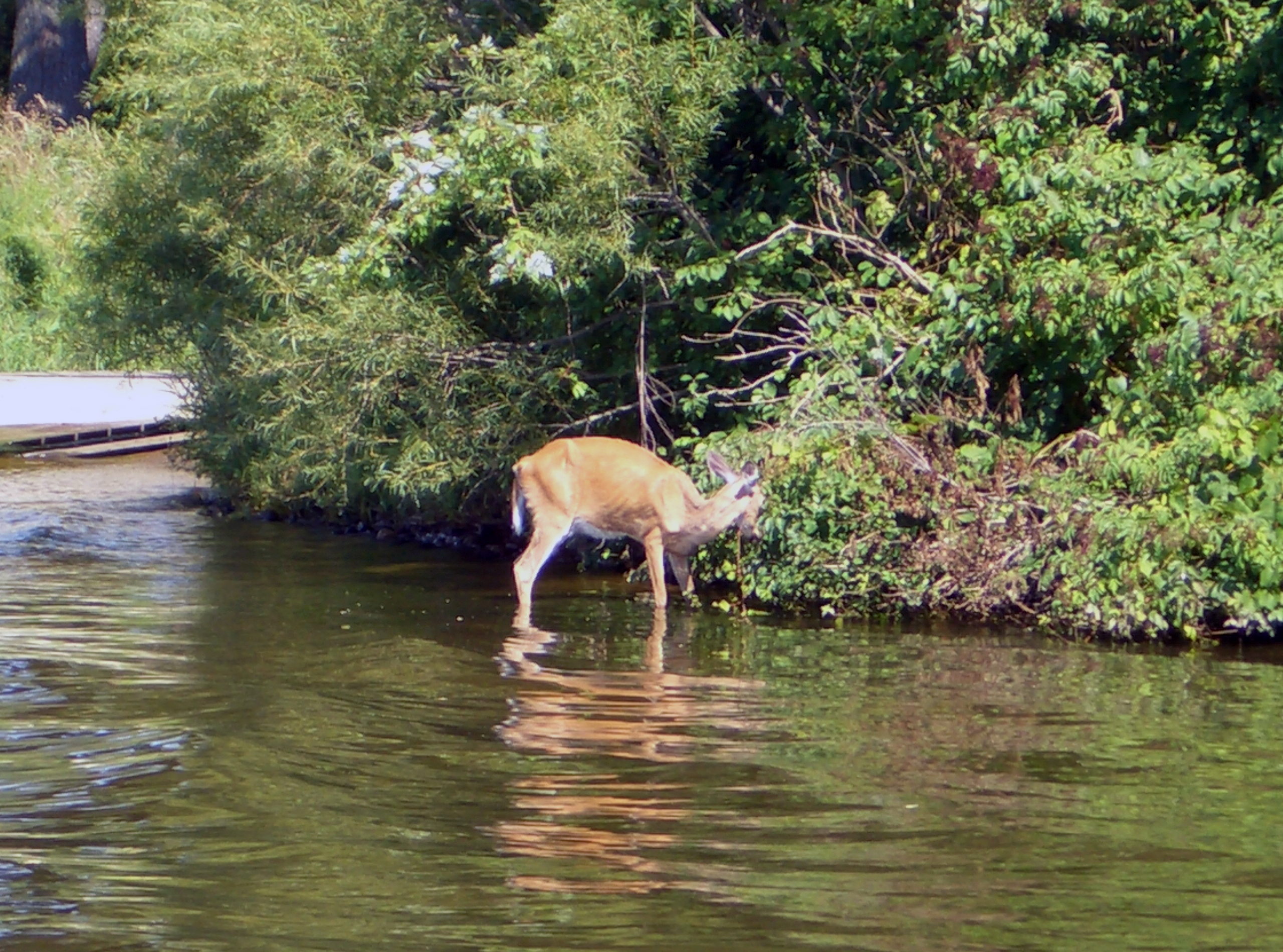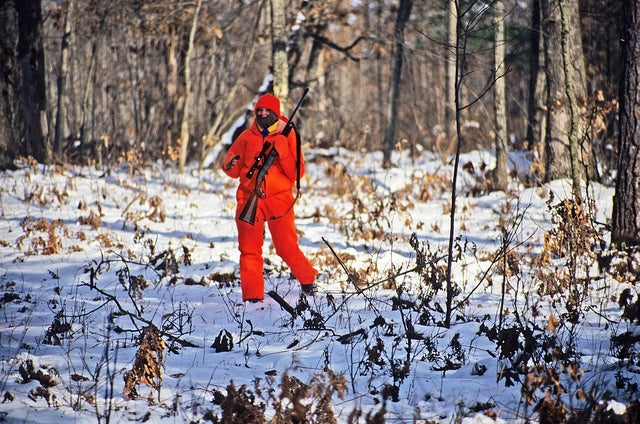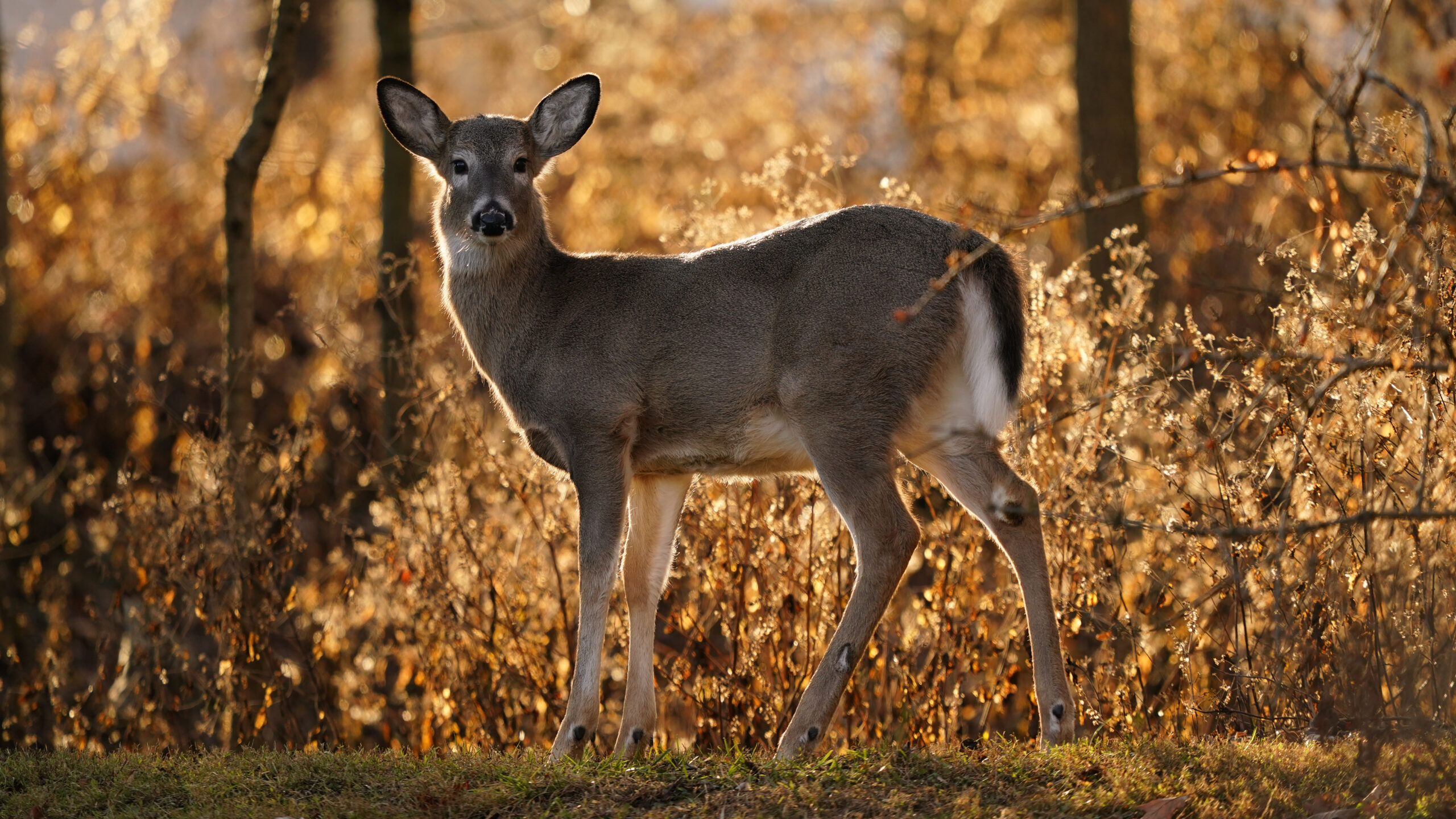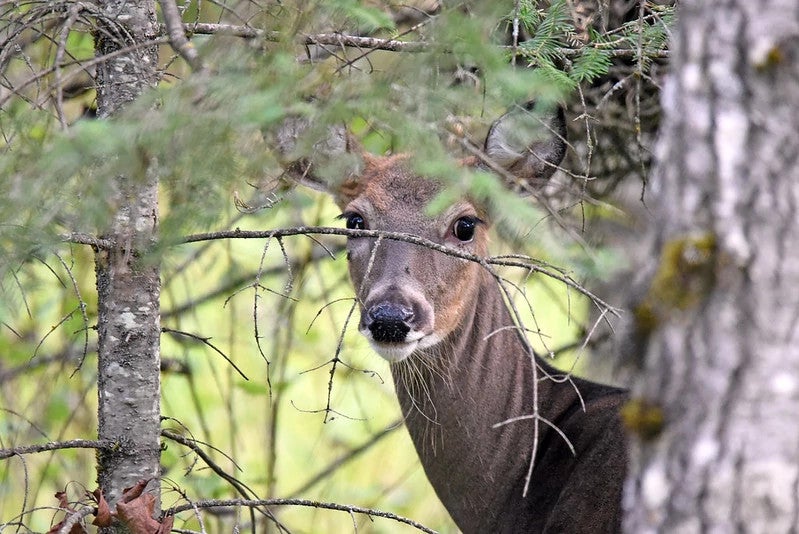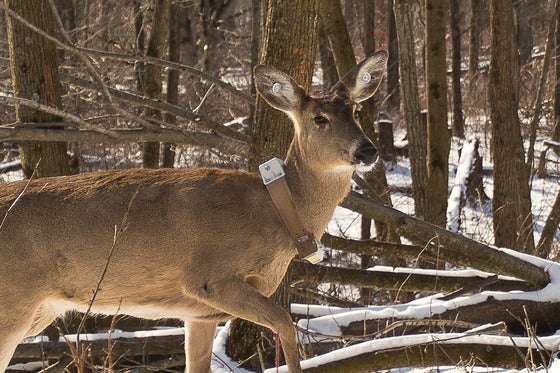The number of deer that tested positive for chronic wasting disease grew by roughly 12 percent last year from 2021.
The Wisconsin Department of Natural Resources released the sampling results as part of an update on the deadly deer disease at a Wednesday meeting of the Natural Resources Board. CWD attacks the brains of deer and other animals, causing drastic weight loss and death over time.
In 2022, the agency sampled 17,187 deer for chronic wasting disease, which was first detected in the state near Mt. Horeb in 2002. The results showed 1,492 deer tested positive for the disease.
News with a little more humanity
WPR’s “Wisconsin Today” newsletter keeps you connected to the state you love without feeling overwhelmed. No paywall. No agenda. No corporate filter.
Prior to last year, the agency found 1,327 deer tested positive for CWD out of 17,147 deer sampled in 2021.
“In southwest Wisconsin, we’ve seen significant growth in prevalence and distribution of the disease since it was first detected,” said DNR Wildlife Health Section Supervisor Jasmine Batten.
The vast majority of deer that tested positive for the disease were sampled in southern Wisconsin, including in Richland, Iowa, Sauk and Dane counties. Sampling last year in those counties shows a higher prevalence of the disease with roughly anywhere from 20 to 28 percent of deer testing positive for CWD.
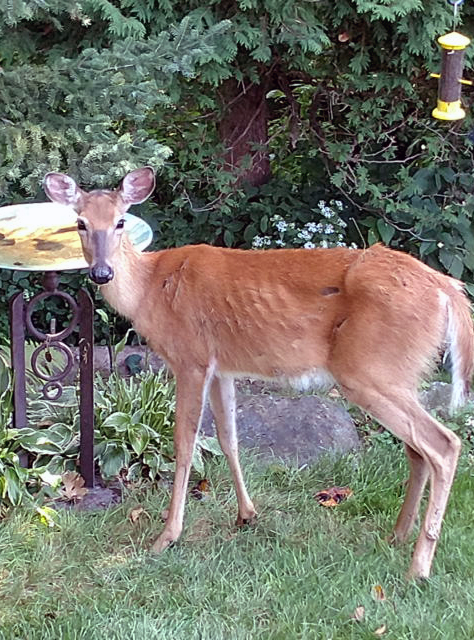
The DNR has said a number of factors can affect the number and distribution of CWD samples, including its surveillance plan and hunter interest. The response time to receive results improved from an average of 19 days in 2021 due to staffing issues and the COVID-19 pandemic to almost 17 days last year.
Wisconsin now has at least 60 counties that the DNR considers CWD-affected. In the last year, the agency said it’s seen eight new detections in wild deer and two new detections in farm-raised deer in Dodge and Lincoln counties.
The disease has raised concerns among hunters, tribes, lawmakers and deer farm owners about the health of the state’s wild deer herd and captive deer. Hunting contributes about $2.5 billion to the state’s economy with the vast majority of that stemming from big game animals like deer.
The disease can spread through contact with saliva, urine or feces of an infected deer. It can also be spread by movement of the disease’s misfolded protein or infected deer from one location to another.
Last year, the state saw more self-service kiosks to submit deer heads for testing and more dumpsters to dispose of deer to help slow the spread of CWD. The state and partners provided 160 sites for deer carcass disposal.
Democratic Gov. Tony Evers’ budget proposed setting aside $1 million in one-time grants to purchase deer carcass disposal sites this year to limit the disease’s spread, as well as $50,000 each year for hunter education about CWD. The proposal was among more than 500 items Republican lawmakers stripped from the budget.
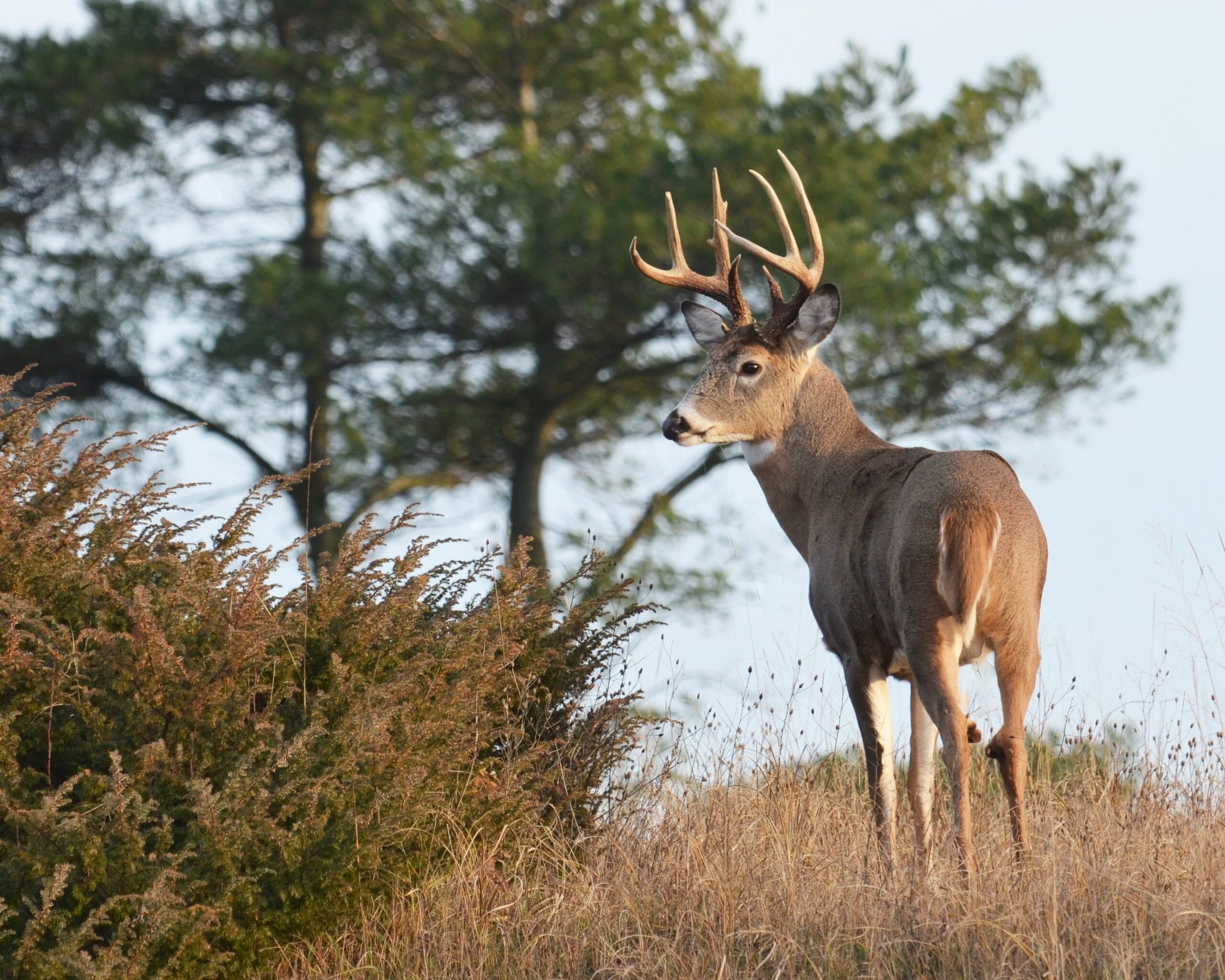
Over the last two years, a committee with representatives from the DNR, hunting and conservation groups, tribes and the deer farm industry held a series of meetings to update its CWD response plan. The current plan runs through 2025.
Under its existing goal, the plan aims to minimize the area where CWD is found and reduce the number of infected deer in Wisconsin. As the disease has spread, the committee revised that goal to minimize the impact of CWD on wild deer and elk, reduce negative effects on the deer farm industry and limit potential risks to human health. In addition, it would seek to boost public support for the agency’s response to the disease.
“What would be, I guess, a successful plan is one that we have the tools, the support, the buy-in to actually see (it) through,” Batten said.
The agency is continuing to review the plan under DNR Secretary-designee Adam Payne, who was appointed by Evers in December. Former DNR Secretary Preston Cole had said the agency was focusing on research to combat the spread of the disease after opposition to regulations. In 2018, former Republican Gov. Scott Walker proposed emergency rules while running for reelection that would’ve included a requirement for double-fencing of deer farms.
Multiple counties and conservation groups supported the move, but the proposals drew pushback from the deer farm industry and some GOP lawmakers. Rules that would have required double-fencing or limited movement of deer killed in CWD-affected areas were either scrapped or allowed to expire.

Some northern Wisconsin counties have enacted moratoriums on new deer farms in recent years and sought more local control to prevent the spread of the disease. Natural Resources Board member Sandy Naas of Ashland said she would like to see funds to support local governments with hunter education and prevention measures.
“Where I live, we don’t have it — and the counties surrounding — and we want to keep it that way. It’s really important,” Naas said. “We need to get the word out (about) not transporting carcasses into our area.”
She said the agency should strengthen relationships with lawmakers on efforts to prevent the spread. She and Batten noted the Legislature eliminated the state’s earn-a-buck program that required hunters to kill an antlerless deer before bagging a buck. The program was used as a tool to manage CWD by reducing the deer herd, but it lacked public support.
Since 2002, the DNR has sampled just under 300,000 deer. Of them, around 11,000 have tested positive for the disease.
Wisconsin Public Radio, © Copyright 2026, Board of Regents of the University of Wisconsin System and Wisconsin Educational Communications Board.
